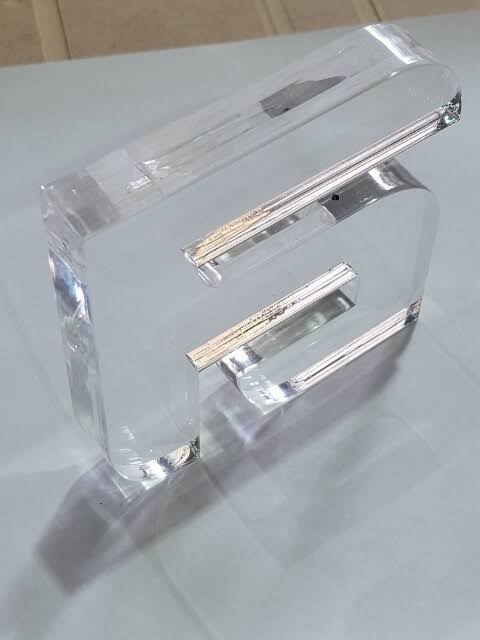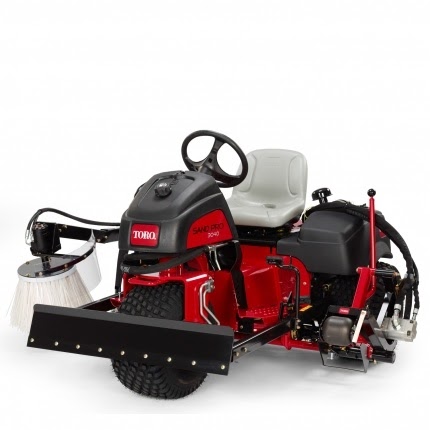Acrylic fabrication demands specialized knowledge and equipment to achieve the premium edge quality, dimensional accuracy, and optical clarity required for architectural installations, retail displays, and precision components. High-quality acrylic cutting in Melbourne represents a specialized fabrication niche where technical expertise intersects with advanced manufacturing technologies to transform this versatile material into everything from museum-grade display cases to precision mechanical components. The city’s fabrication landscape includes specialized acrylic workshops equipped with optimized laser systems, CNC routers with dedicated acrylic tooling, and specialized finishing equipment that collectively enable exceptional results unattainable through general fabrication services. Understanding the technical considerations, material variations, and processing options ensures your acrylic projects achieve optimal aesthetic and functional outcomes while avoiding common fabrication pitfalls.
Acrylic Material Variations and Selection Criteria
Melbourne fabricators work with several distinct acrylic formulations, each offering specific performance characteristics. Cast acrylic sheets (typically Perspex, Plexiglas or similar brands) provide superior optical clarity, enhanced UV stability, and better chemical resistance compared to extruded alternatives. These premium materials maintain approximately 92% light transmission while offering significantly higher impact resistance than glass (10-17 times depending on thickness). Specialized variants include non-glare formulations with microscopic surface texturing, UV-filtering grades preserving sensitive contents, and fire-retardant versions meeting AS/NZS 3837 requirements. Material thickness selection significantly impacts fabrication approach—sheets under 6mm typically achieve optimal results through laser cutting, while thicknesses between 6-25mm generally benefit from CNC routing with dedicated acrylic tooling. Melbourne suppliers maintain inventories of standard sheet dimensions (typically 1220×2440mm and 1830×2440mm), with custom casting available for specialized applications requiring non-standard thicknesses or formulations with lead times averaging 3-4 weeks.
Laser Cutting Considerations for Premium Edge Quality
Laser processing represents the preferred fabrication method for applications requiring exceptional edge clarity and intricate geometries in materials up to 6mm thick. Melbourne’s specialized acrylic fabricators utilize optimized CO2 laser systems with precise power regulation to achieve polished-edge results directly from cutting without secondary operations. This approach produces a characteristic edge with optical clarity approaching 85-90% of the original material surface. Achieving these results requires precise parameter control—optimal cutting parameters typically involve lower power settings (60-120W range) with slower feed rates compared to other materials, preventing the characteristic “frosting” that occurs with excessive heat application. Flame-polished edges exhibit distinctive microscopic characteristics including slight edge rounding (approximately 0.2mm radius) and minimal heat-affected zone extending approximately 0.5mm from the cut line. For projects with exceptionally stringent optical requirements, specialized fabricators employ two-pass strategies with rough cutting followed by finishing passes that achieve edge clarity approaching 95% of the original material surface.
CNC Routing Technologies for Thicker Applications
For acrylic applications exceeding 6mm thickness, CNC routing technologies provide superior results through mechanical cutting processes. Melbourne’s advanced fabricators employ specialized acrylic-specific tooling including compression spiral bits and diamond-polished single-flute cutters that minimize chipping while maximizing edge clarity. These systems achieve dimensional tolerances within ±0.1mm while maintaining perpendicularity within 0.05mm across material thickness. Contemporary machines utilize high-speed spindles (18,000-24,000 RPM) combined with precisely controlled feed rates to balance productivity with edge quality. Vacuum table systems prevent material movement during processing while specialized coolant delivery systems prevent heat buildup that could create internal stresses or surface clouding. For components requiring exceptional edge quality, multi-stage processing employs progressive tool paths with roughing and finishing operations utilizing increasingly refined tooling to achieve edges requiring minimal secondary finishing while maintaining precise dimensional control.
Edge Finishing and Secondary Processing Options
Melbourne’s specialized acrylic fabricators offer diverse secondary processing capabilities enhancing basic cutting operations. Flame polishing applies controlled hydrogen-oxygen flame exp






